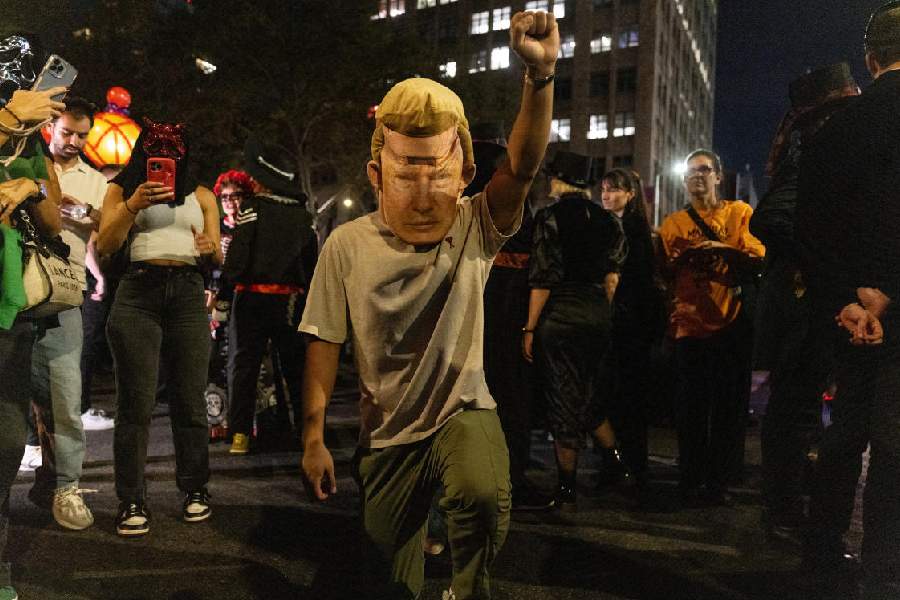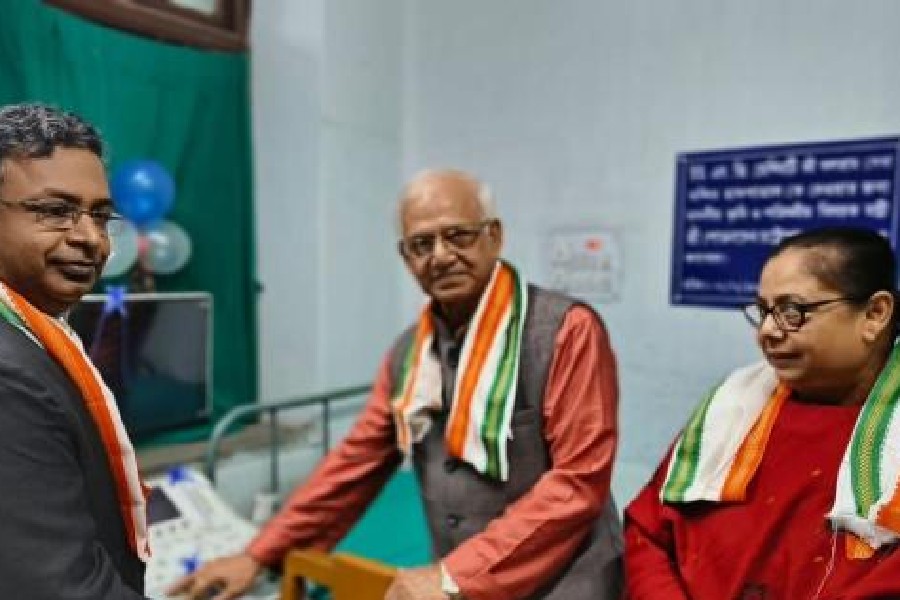Kesavananda Bharati vs State of Kerala (Case citation: AIR 1973 SC 1461).
Kesavananda Bharati, whose name generations of Indians would have come across while reading legal news reports, passed away in Kerala on Sunday. He was 79.
The seer was the principal force that unwittingly set the stage for the landmark Supreme Court judgment that laid down that Parliament cannot alter the basic structure of the Constitution.
Hailed as the case that saved Indian democracy, it was heard by a record 13-member bench for 68 days and the 7-6 verdict was delivered on April 24, 1973.
Ironically, Bharati, the pontiff of Edneer Mutt in Kasaragod in north Kerala, did not win the case. The judgment had shocked many then because it assumed that elected representatives cannot be trusted with sweeping powers.
But the tide turned in two years when Indira Gandhi declared the Emergency and passed the infamous Clause 4 of the 39th amendment that sought to keep the offices of the President, Vice-President, Prime Minister and the Speaker outside the purview of the courts. The provision was eventually struck down and “the doctrine of basic structure” restored.
Many credit Nani Palkhivala, the legendary jurist who represented Bharati, with extending the ambit of the case that led to the landmark judgment.
The verdict has gained added relevance in contemporary India, arming the apex court with a powerful weapon should it choose to fight against majoritarianism.
The 1973 judgment is “an ideological and theoretical weapon against majoritarianism and electoral populism. It is a safeguard against the majoritarian onslaught that tries to destroy the very base of Indian democracy,” senior advocate Kaleeswaram Raj told The Telegraph on Sunday.
“I would call the judgment the first predominant instance of judicial activism in India,” Raj, who practises in the Supreme Court, said while speaking on the passing of Bharati.
“It added something very important to the text of the Constitution — the basic structure. Neither in the Constituent Assembly debates nor in the draft of the fundamental law would one find such a phrase. The Constitution of India lacked such a phrase, or omitted it wilfully, as many believe.”
Bharati had challenged Kerala’s land reform laws after his ashram lost land.
Senior advocate Arvind P. Datar recalled that Bharati had moved Kerala High Court. However, Parliament adopted the 29th constitutional amendment, giving protection to the Kerala laws. The seer then moved the Supreme Court.
The apex court ruled that the 29th amendment was valid and held that the two Kerala land acts included in the Ninth Schedule were entitled to the protection of Article 31B (validation of certain acts and regulations) of the Constitution.
The verdict held that although Parliament had the power of amendment under Article 368 of the Constitution, it lacked the power to emasculate the Constitution’s basic features.
While the seer did not get the relief he wanted, the case became a milestone as it led to the clipping of Parliament’s wide powers to amend the Constitution and simultaneously gave the judiciary the authority to review any amendment.
“By way of a judicial synthesis, the verdict in (the) Kesavananda Bharati (case) said that the Constitution has a basic structure that takes in the fundamental rights, republicanism, independent judiciary, etc, within its umbrella,” said Raj, the Supreme Court lawyer. “It said that even if Parliament has the power to amend the Constitution under Article 368, it cannot destroy the basic features.”
Sounding a word of caution, Raj said: “Even after the verdict, the Indira Gandhi regime altered the Constitution by way of structural amendments.”











